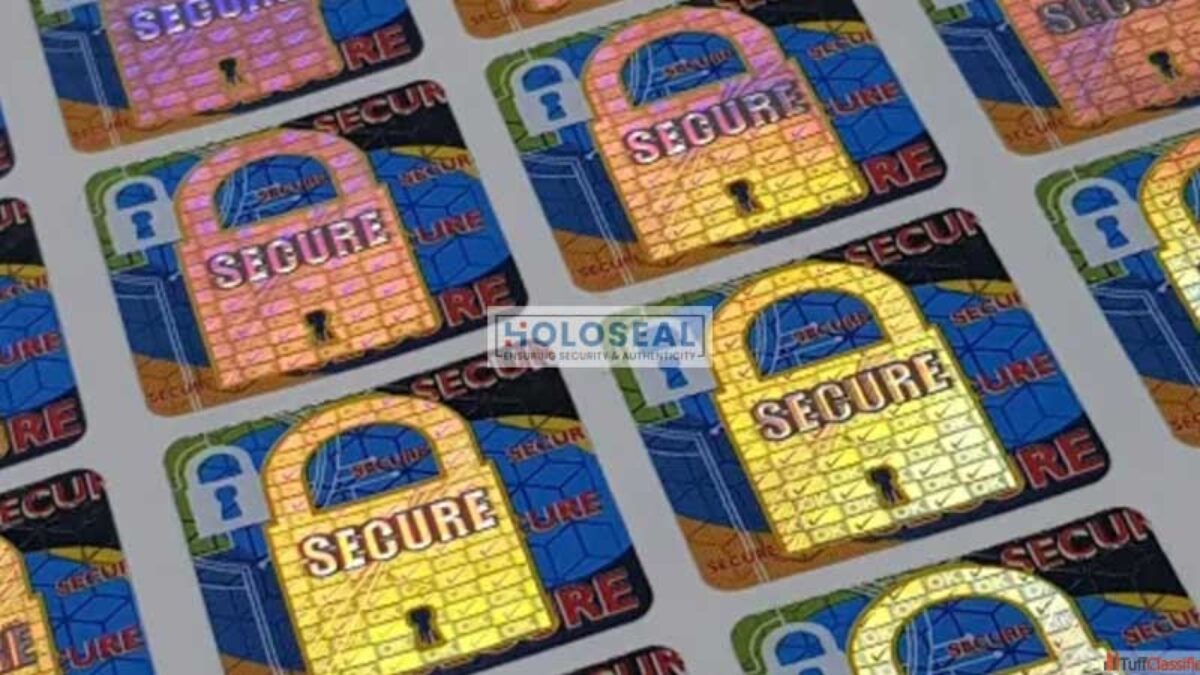Introduction:
The packaging sector has undergone significant evolution with the introduction of hologram labels. These modern labels not only enhance the visual appeal of products but also serve as a robust tool in fighting counterfeiting and guaranteeing product authenticity. The adoption of hologram labels in India has gained significant traction, revolutionizing the packaging landscape across various sectors.
The Emergence of Hologram Labels in India:
India, with its diverse consumer base and thriving markets, grapples with significant challenges related to product counterfeiting and tampering, posing risks to both businesses’ revenue and consumers’ safety. In response to these challenges, hologram labels have emerged as a game-changing technology in the country’s packaging industry.
Hologram labels utilize advanced technology to produce three-dimensional images that create a floating effect. These labels not only enhance visual appeal but are also exceedingly difficult to replicate, making them an ideal solution for improving product security and authenticity. Consequently, businesses in various sectors in India, including pharmaceuticals, consumer goods, electronics, and luxury products, are increasingly adopting hologram labels to safeguard their brands and reassure consumers.
Applications and Advantages:
The applications of hologram labels in India are diverse and extensive. In the pharmaceutical industry, they play a crucial role in ensuring the authenticity of medicines and protecting consumers from counterfeit drugs. These labels incorporate unique features such as serial numbers, QR codes, and tamper-evident seals, allowing consumers to verify the authenticity of the product before use.
Likewise, in the fast-moving consumer goods (FMCG) sector, hologram labels are utilized to distinguish genuine products from counterfeits, safeguarding brand reputation and consumer trust. Integrating hologram labels on packaging not only increases product visibility on retail shelves but also serves as a potent anti-counterfeiting measure, deterring counterfeiters from imitation.
Moreover, hologram labels are gaining traction in the automotive and electronics industries, where they authenticate spare parts and electronic gadgets. By integrating hologram labels into their packaging, manufacturers can protect their products from tampering and unauthorized duplication, ensuring customer satisfaction and loyalty.
Challenges and Future Prospects:
While the adoption of hologram labels in India offers numerous benefits, it also presents challenges. One of the primary challenges is the cost associated with implementing hologram technology, particularly for small and medium-sized enterprises (SMEs). Additionally, widespread adoption of hologram labels across various sectors requires collaborative efforts from policymakers, industry stakeholders, and technology providers.
Looking ahead, the future outlook for hologram labels in India appears promising. With technological advancements and increasing awareness about the importance of product authentication, the demand for hologram labels is expected to surge. Furthermore, as manufacturing costs decrease and technology becomes more accessible, hologram labels are likely to become ubiquitous across a wide range of products, bolstering consumer confidence and brand integrity.
Conclusion:
In conclusion, hologram labels are transforming the packaging industry in India by providing an effective solution to combat counterfeiting and ensure product authenticity. With their visually compelling appearance and advanced security features, hologram labels not only enhance brand visibility but also provide consumers with the assurance that they are purchasing genuine products. As India continues to embrace hologram technology, the packaging landscape is set for transformative change, establishing new standards for product security and consumer trust.




